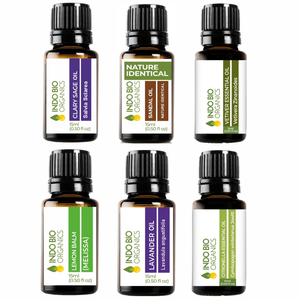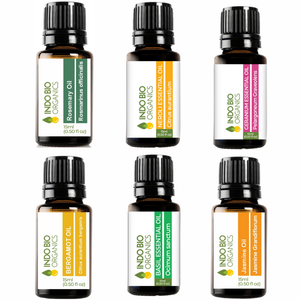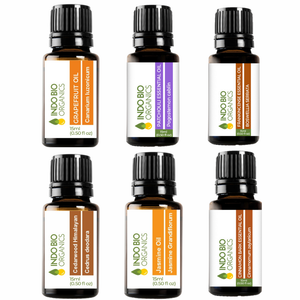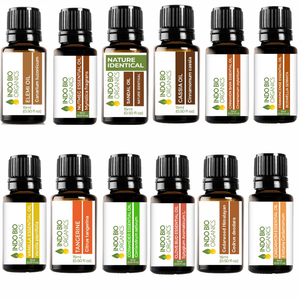Himalayan Pink Salt vs Regular Salt: Why Canadians Are Making the Switch
Walk into any Canadian supermarket today, and you’ll notice something interesting: next to the standard white salt shakers, you’ll often see jars and grinders filled with soft, rose-colored crystals labeled “Himalayan Pink Salt.” Once considered a gourmet item, pink salt has now made its way into everyday kitchens, spas, and wellness routines across Canada.
But what makes it different from regular salt? And why are so many Canadians choosing pink over white? Let’s break down the differences, benefits, myths, and lifestyle shifts that explain this growing trend.
The Origins: From Himalayan Mines to Canadian Kitchens
-
Regular Salt (Table Salt):
Most of the white salt in Canadian households comes from either sea salt or underground salt deposits. It’s heavily refined, processed, and often treated with additives like anti-caking agents (so it doesn’t clump) and iodine (to prevent goiter, a thyroid-related disease). -
Himalayan Pink Salt:
This salt is mined by hand from the Khewra Salt Mine in Pakistan, one of the world’s oldest and largest salt mines, formed over 250 million years ago. Its pink color comes from natural iron oxide and trace minerals like potassium, calcium, and magnesium.
In other words: regular salt is often stripped down and fortified, while pink salt is minimally processed and naturally mineral-rich.
The Nutritional Breakdown
When comparing pink salt and regular salt, the biggest difference lies in mineral composition:
| Feature | Himalayan Pink Salt | Regular Table Salt |
|---|---|---|
| Processing | Hand-mined, minimally refined | Heavily processed, refined |
| Minerals | Contains 80+ trace minerals (iron, magnesium, potassium, calcium) | Mostly sodium chloride, few added minerals |
| Additives | No chemicals or anti-caking agents | Often contains additives like iodine, bleaching agents |
| Taste | Mild, slightly earthy | Stronger, sharper saltiness |
| Appearance | Pink to light orange crystals | Pure white fine grains |
Key Point: Pink salt contains trace minerals, but their amounts are tiny. It’s not a replacement for supplements — but it does offer a cleaner, more natural option.
Taste & Culinary Experience
For Canadians who love food, pink salt is more than just a health choice — it’s also about flavor and presentation.
-
Pink Salt in Cooking
-
Adds a subtle, earthy note
-
Beautiful as a finishing touch on avocado toast, grilled salmon, or roasted vegetables
-
Salt blocks are used for searing meat or serving sushi in high-end restaurants
-
-
Table Salt in Cooking
-
Stronger, one-dimensional flavor
-
Best for baking and recipes where precision is needed
-
Dissolves quickly in soups and sauces
-
Canadian chefs and home cooks alike are increasingly choosing pink salt grinders to give their dishes a gourmet flair.
Beyond Food: Wellness & Lifestyle
This is where Himalayan salt really shines in Canada — it goes far beyond cooking.
-
Salt Lamps: Many Canadian households use glowing pink salt lamps for ambiance and wellness.
-
Bath Soaks: Pink salt dissolved in bathwater helps with relaxation and sore muscles — popular during Canada’s long, cold winters.
-
Skin Care: Blended with essential oils, it makes a natural exfoliant.
-
Wellness Centers: Salt rooms and halotherapy (salt inhalation therapy) are growing in Canadian spas.
Regular table salt, on the other hand, is purely culinary — it doesn’t offer these lifestyle benefits.
Health Benefits: Myth vs Reality
Here’s where the debate gets interesting. Many health claims about Himalayan Pink Salt circulate online, but what’s true and what’s exaggerated?
1. Lower Sodium Intake
Pink salt crystals are often larger than table salt, so people end up using slightly less by volume, which may reduce sodium intake. For Canadians managing high blood pressure, this can be a plus.
2. Trace Minerals
Yes, pink salt has minerals, but the amounts are tiny. For example, the iron content is not nearly enough to fix anemia. Still, the minerals may provide a slight edge over plain sodium chloride.
3. Better Hydration & Electrolytes
Some wellness enthusiasts in Canada claim pink salt water (“sole water”) helps with hydration because of electrolytes like potassium and magnesium. While this can support balance, science still recommends balanced diets over relying solely on salt.
4. No Harmful Additives
Unlike processed table salt, Himalayan salt does not contain synthetic anti-caking agents. For Canadians who prefer “clean label” foods, this feels healthier and more natural.
Important Note: Both salts should be used in moderation. Excess sodium, regardless of type, can lead to hypertension and cardiovascular issues.
Why Canadians Are Making the Switch
So, why are more Canadians reaching for pink salt?
-
Natural Living Movement – Canadians are becoming conscious of additives, preservatives, and processed foods.
-
Visual Appeal – A grinder of pink salt looks better on a dining table than plain white salt.
-
Wellness Trends – Salt lamps, detox baths, and “clean beauty” products are trending in Toronto, Vancouver, and Montreal.
-
Culinary Curiosity – Canada’s food scene is global and adventurous; pink salt adds a “premium” touch.
-
Social Media Influence – Instagram and TikTok are filled with pink salt recipes and wellness hacks.
Beyond the Kitchen: Lifestyle & Wellness Uses
Another reason pink salt is so popular in Canada is that it isn’t just a seasoning—it’s a lifestyle product.
-
Himalayan Salt Lamps: Claimed to purify the air and promote relaxation. While scientific evidence is limited, they remain popular in Canadian homes as decor.
-
Bath Soaks & Scrubs: Pink salt is often used in spa treatments for its detoxifying and soothing properties.
-
Salt Therapy (Halotherapy): Some wellness centers in Canada offer salt room therapy for respiratory relief, though more research is needed.
This versatility makes pink salt more than just a food trend—it’s a wellness trend.
Where to Buy Himalayan Pink Salt in Canada
-
Online Stores: Amazon Canada, Indo Bio Organics (authentic Himalayan pink salt supplier).
-
Local Health Shops: Found in wellness stores across Toronto, Vancouver, and Calgary.
-
Gourmet Grocery Stores: High-end grocers like Whole Foods and local organic markets.
-
Bulk & Wholesale: Spas and restaurants often source pink salt in bulk.
Pro Tip: Look for authentic Khewra-mined salt — avoid artificially dyed pink salts.
Market Trends in Canada
The Canadian pink salt market is growing fast, fueled by:
-
Demand for organic and natural products
-
Rise in wellness tourism and spas
-
Consumers’ willingness to pay extra for premium, authentic goods
Industry reports show pink salt demand rising especially among millennials and Gen Z in Canada, who are driving the clean-living lifestyle trend.
Practical Tips for Canadians
-
Use pink salt as a finishing salt for best flavor impact.
-
Keep table salt for precise baking recipes.
-
Try Himalayan bath soaks for stress relief.
-
If switching fully, check for authenticity and purity.
Final Thoughts
For Canadians, the shift from regular salt to Himalayan pink salt isn’t just about taste — it’s about lifestyle, wellness, and mindful living. While both salts serve their purpose, pink salt offers a natural, mineral-rich, and versatile alternative that fits perfectly into the Canadian way of life.
Whether sprinkled on your poutine in Montreal, infused into a spa soak in Vancouver, or simply displayed in a salt lamp glowing softly on a snowy night, Himalayan pink salt has become much more than seasoning — it’s a symbol of wellness, beauty, and natural living.





